One of Poznań's two zoos - the other, more modern zoo being just east of Lake Malta - 'The Old Zoo' dates back to 1874, making it one of the oldest in Poland today. Unfortunately, that age can be strongly felt, as most animals have long since left, many of the old pavilions are in disrepair, and the space has been turned into a public park, albeit a neglected one.
History
Located in the heart of Jeżyce, Poznań's 'Old Zoo' (Stare Zoo) has a curious origin story. In the 1870s, the nearby Starograd-Poznań train station (the first train station in Jeżyce) was home to a restaurant where a lawn bowling club frequently gathered in the garden. For the club president's 50th birthday, as a bit of a lark, each member gifted him a different animal - including a pig, goat, sheep, cat, rabbit, squirrel, goose, duck, chicken, peacock, a trained circus bear, and a trained monkey purchased from wandering Roma people - and this small menagerie formed the foundation of the future zoo. Enclosed in the garden of the restaurant, the animals attracted huge interest, and locals began donating more animals, leading to the foundation of the Poznań Zoological Garden Society in 1875, which primarily consisted of former bowlers. They were able to purchase nearby land from Prussian Eastern Railways, and the zoo expanded rapidly, occupying 5.24ha (12.9 acres) by the 1880s - the same size it retains today. By the 1910s, the zoo already had over 900 animals from more than 400 species, several state-of-the-art pavilions and aviaries, Johann Strauss III was performing concerts in the gardens, and it was hosting major exhibitions.
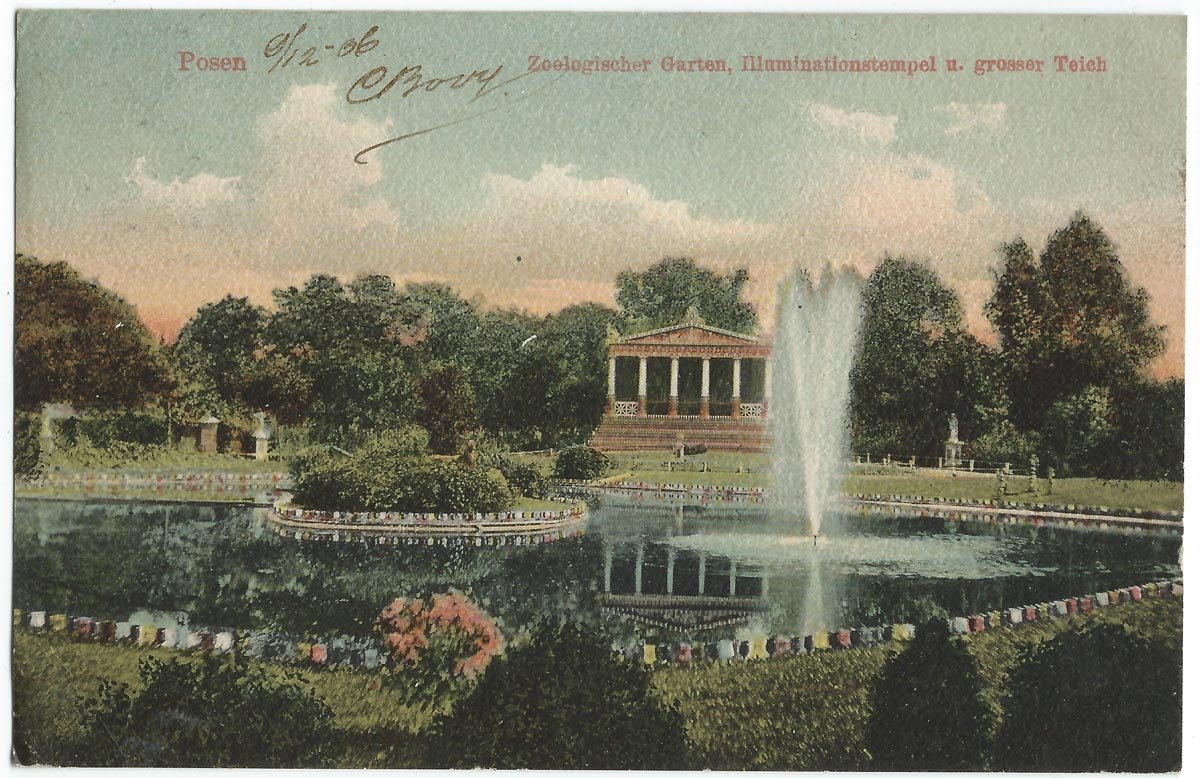
World War I, in which most of its Society members perished, briefly changed the zoo's fortunes, but it quickly rebounded. Under the Polish authorities, who took it over in the aftermath of the 'Great War' and Wielkopolska Uprising (1918-1919), the zoo acquired many new animals and visitor numbers were larger than ever, boosted by an artistic group from Ceylon - which consisted of fakirs, magicians, fire-eaters, snake charmers and exotic dancers - who were employed full-time to perform on the premises. By October 1939, the zoo was officially under Nazi German occupation and continued to be roaringly popular during World War II; so much so that Nazi authorities made plans to move it to Jan Kasprowicz Park, because there was no opportunity to expand it further in Jeżyce. Germany's fortunes in the war changed, however, as did the zoo's, with Allied bombing destroying many of the facilities and 85% of the zoo's animals perishing.
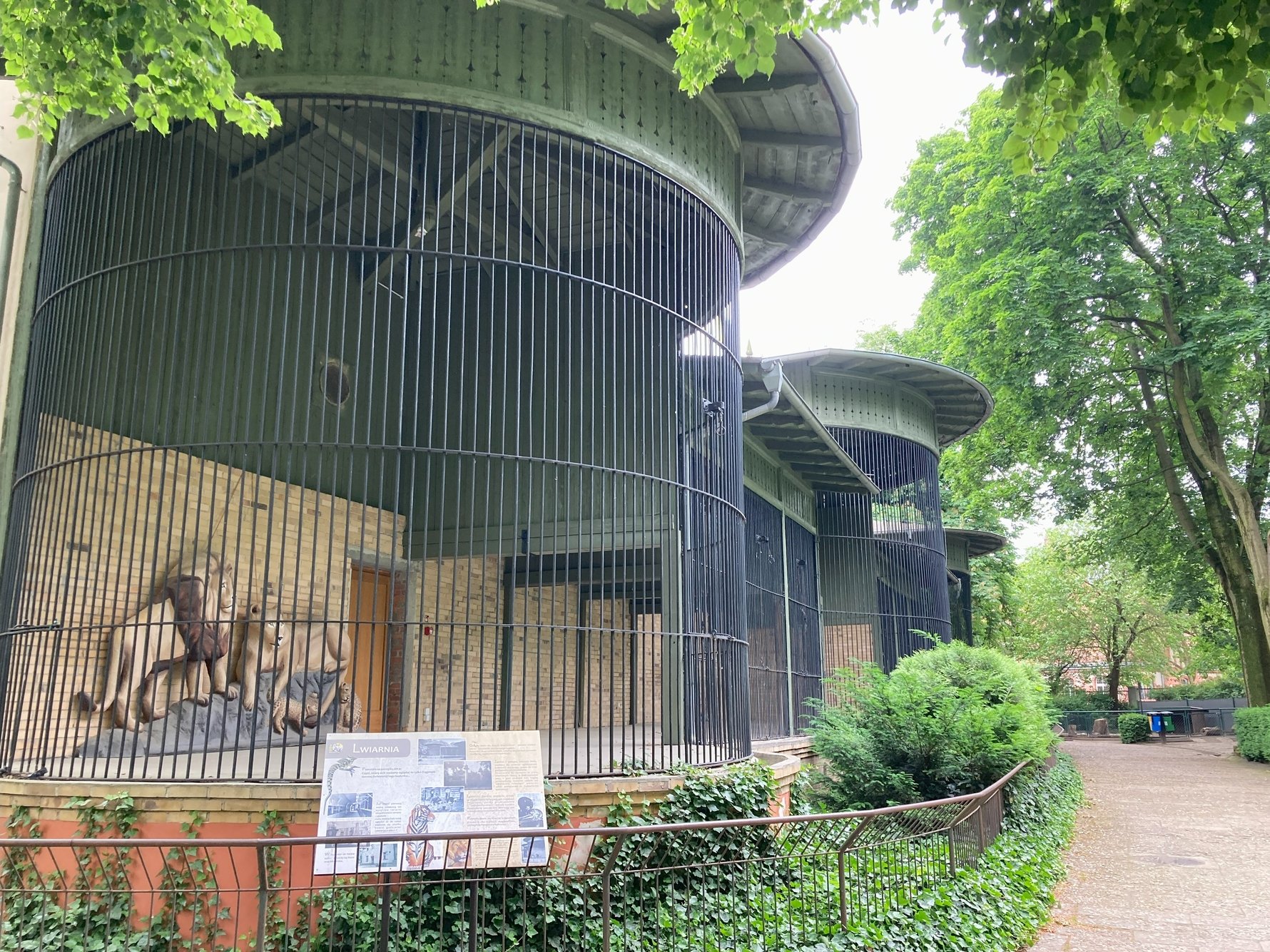
After the war, Poznań's Old Zoo once again rebounded, with new animals brought in and a complete modernisation in 1960. In 1974, on the 100th anniversary of the transformation of the garden menagerie into the Poznań Zoological Garden, Poznań's 'New Zoo' opened in Biała Góra on 120 hectares (298 acres) just east of Lake Malta. At that time, many of the Old Zoo's most popular animals were moved there, and the Old Zoo has essentially been in decline ever since, with the exception of the construction of the new Pavilion of Cold-blooded Animals in 2012. In 2022, the historic former Lion House was turned into a small museum about the history of the Old Zoo, but it can only be visited with a guide, and visits must be arranged at least one day in advance.
Visiting Poznań's 'Old Zoo'
With most large animals and investment going to the 'New Zoo' site near Lake Malta for the past fifty years, Poznań's Old Zoo is basically a free public park in the centre of Jeżyce, albeit a slightly neglected one. Aside from the modern Pavilion of Cold-blooded Animals (see below), most of the pavilions and animal enclosures are empty, but there are still enough creatures on display to keep you hoping that there will be something truly special around the corner. Sadly, we didn't find it.
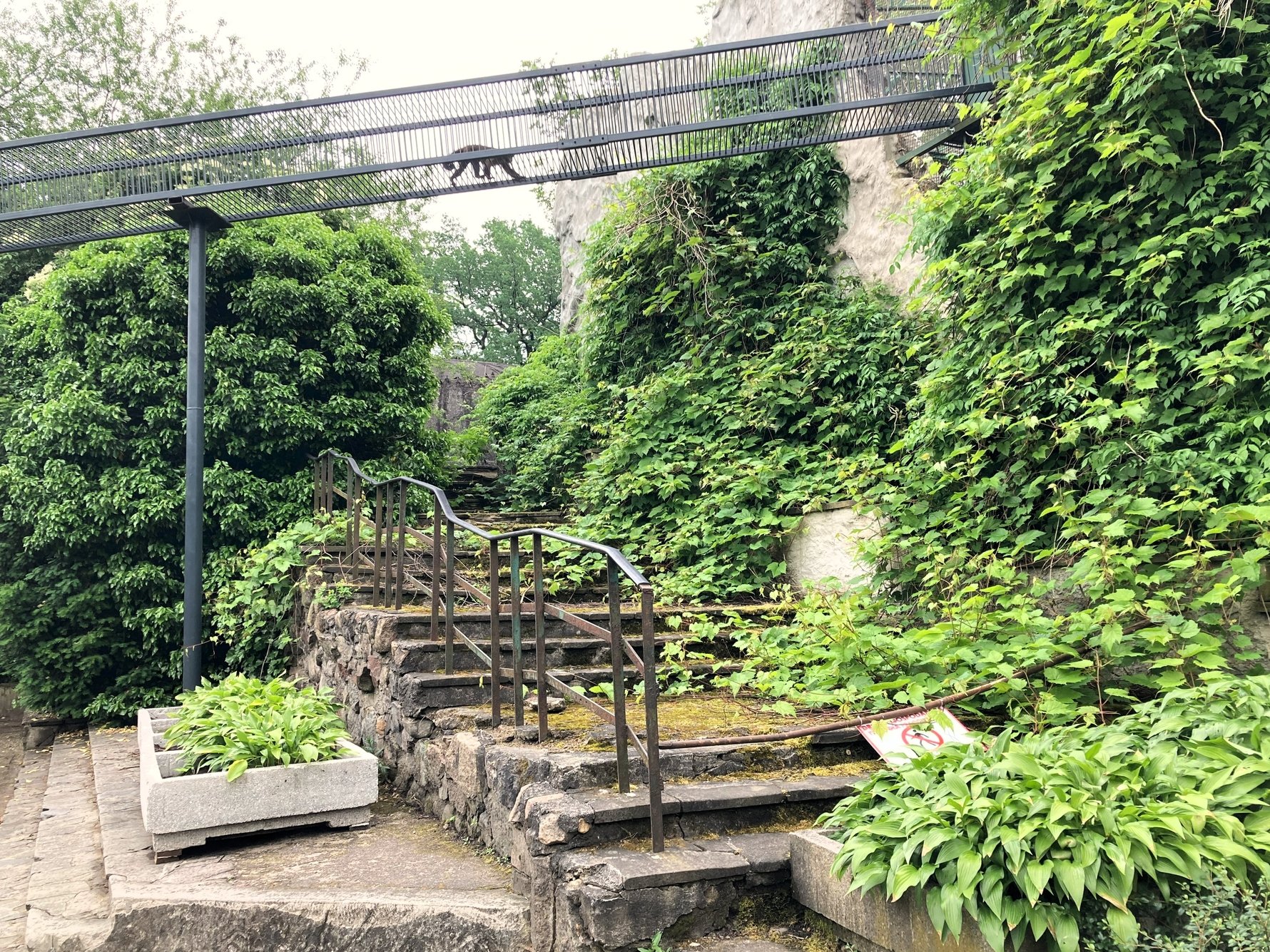
While visitors will see plenty of turtles, birds, small monkeys, wild pigs, and domesticated animals from around the world, many of these sad creatures look like they are simply living out their last days, and we suspect that for most children who are out of strollers, the overall woebegone vibe of the park will be as keenly felt as the thrill of seeing these animals in the first place. Although some of the architecture here is quite historic, its aesthetic appeal is underwhelming, some of the structures are in complete disrepair, and those that you can enter are extremely humid and smell terrible. As such, you can see why the Poznań Zoo no longer charges admission to this site.
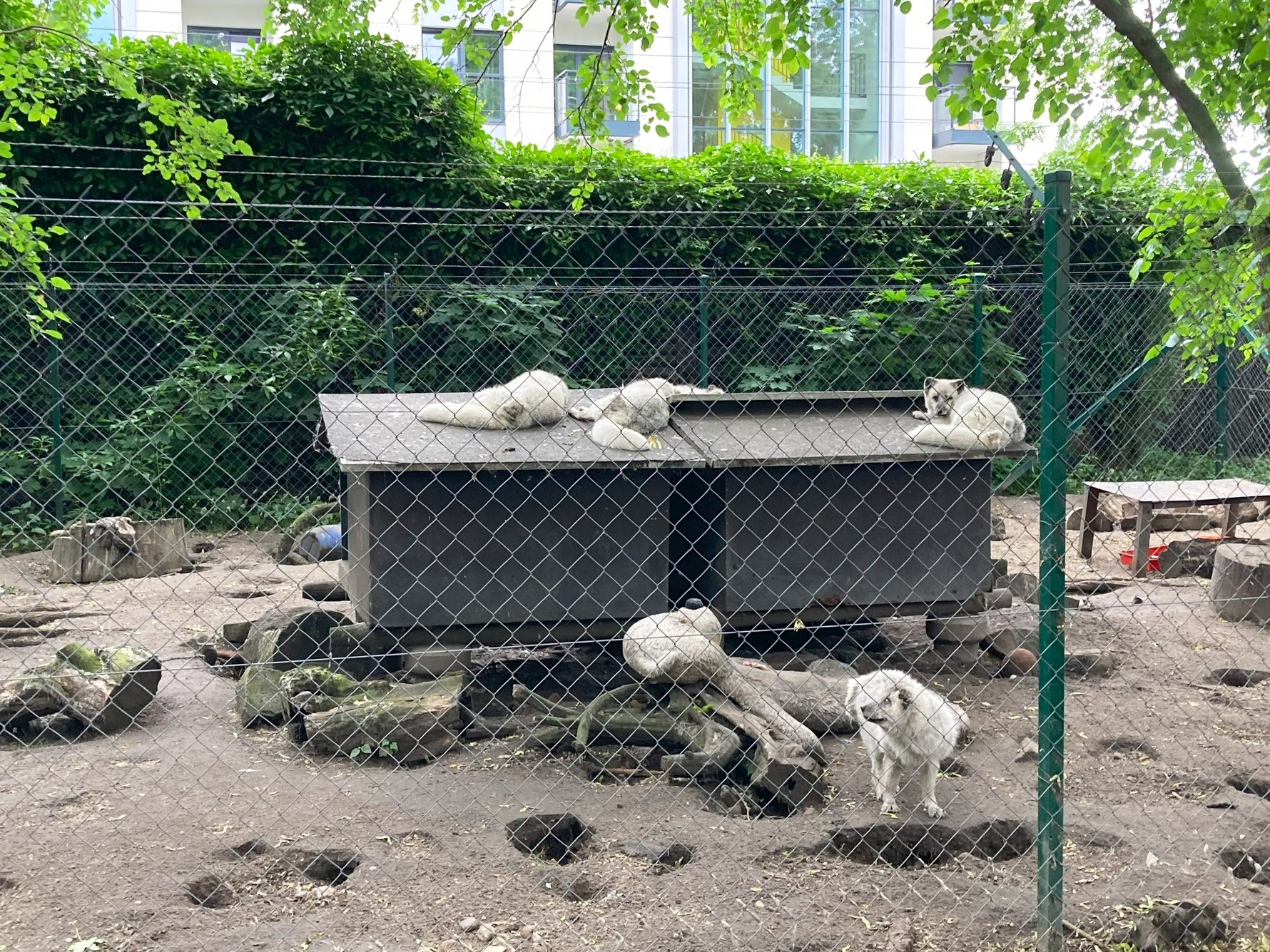
However, even as a public park this place is also in need of maintenance and investment. The playgrounds were roped off during our spring visit, the small ropes park and snack bars were closed, and there was not enough info in English around the pavilions to make it interesting as a historical curiosity, either. If you're looking for a quiet, curious place to push a stroller in Jeżyce, then the Old Zoo is fine; as a date destination, however, it's a disaster, and animal lovers are likely to leave distressed. Although they are still part of the same organisation, Poznań's New Zoo is an enjoyable family attraction, while the Old Zoo is merely a historical site at this point - one in dire need of lots of investment and new vision for its future. With a new director taking over of both sites in spring 2024, we hope change is coming to the Old Zoo, either as a part of the Poznań Zoo, or otherwise.
Pavilion of Cold-Blooded Animals
Located just inside the main entrance, this is the most worthwhile part of the Old Zoo today, and does justify its small admission price. Built in 2012, inside you'll see poison dart frogs, pythons slithering, caimans splashing around and - the main attraction - endangered Komodo dragons strutting their stuff. With no crowds (unlike the New Zoo), it's a great experience for kids, and almost enough to overcome the disarray of the rest of the park.
Average visiting time: 30mins.
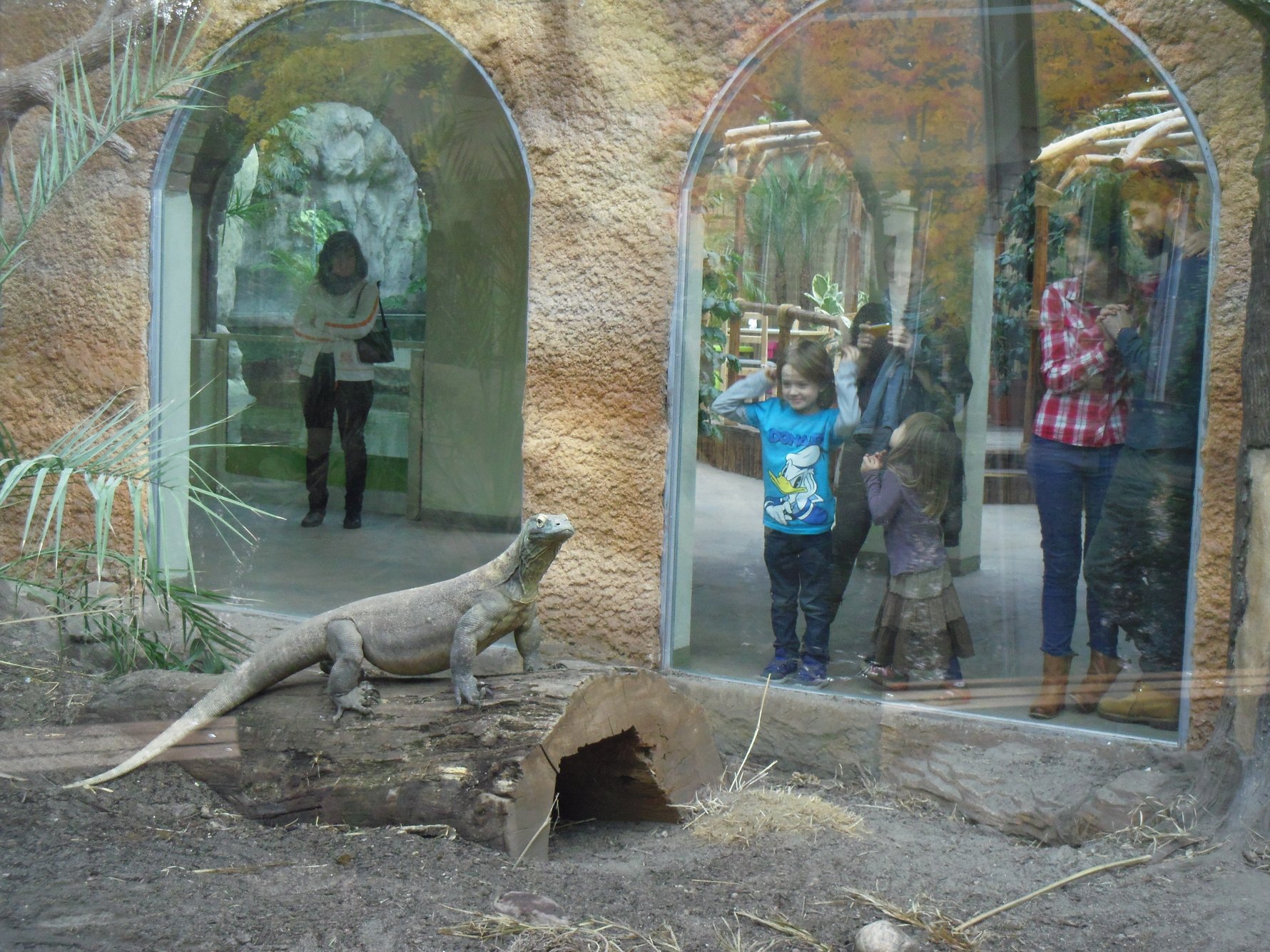
Opening Hours & Tickets
Admission to The Old Zoo is FREE, with the exception of the Pavilion of Cold-blooded Animals, which has an admission price of 8/6zł.
The Old Zoo and the Pavilion of Cold-blooded Animals are open daily throughout the year between the following hours:
November - February, 09:00-16:00
March - October, 09:00-17:00
April - September, 09:00-19:00


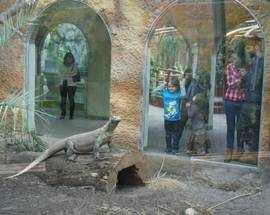
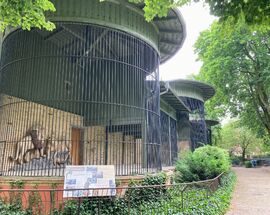
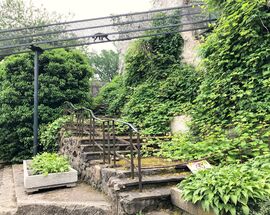
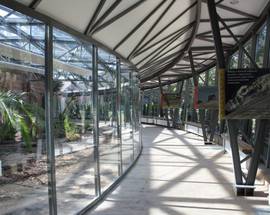
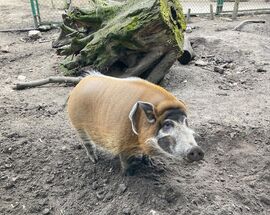
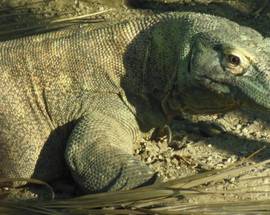
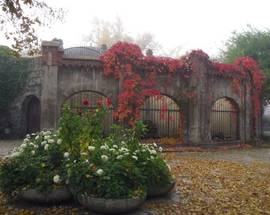
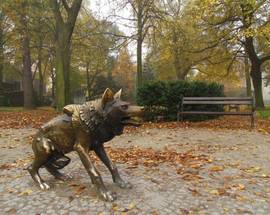
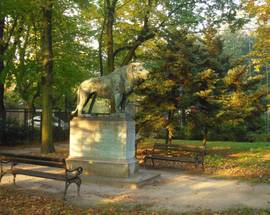
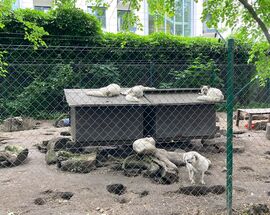
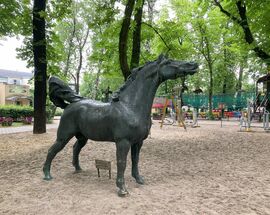
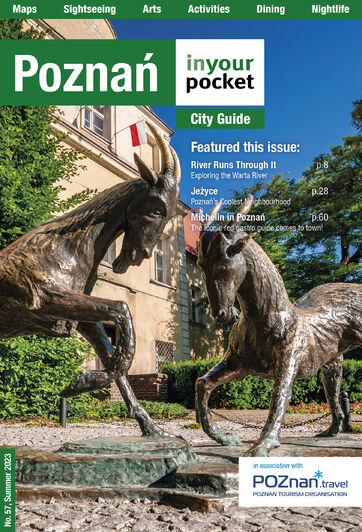
Comments
Alliha Jonson
United Kingdom
Poland's oldest zoo is looking very attractive. I would love to see it because I really like to visit the zoo and all other natural places. The natural beauty always give me the peace and pleasant effects. Poland is an incredible place. I have visited it three years ago because of my office work and then I could not explore it properly. Now I will make a plan to go there soon.